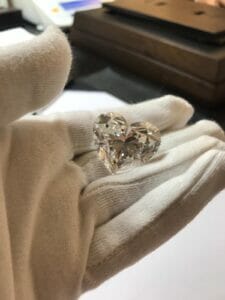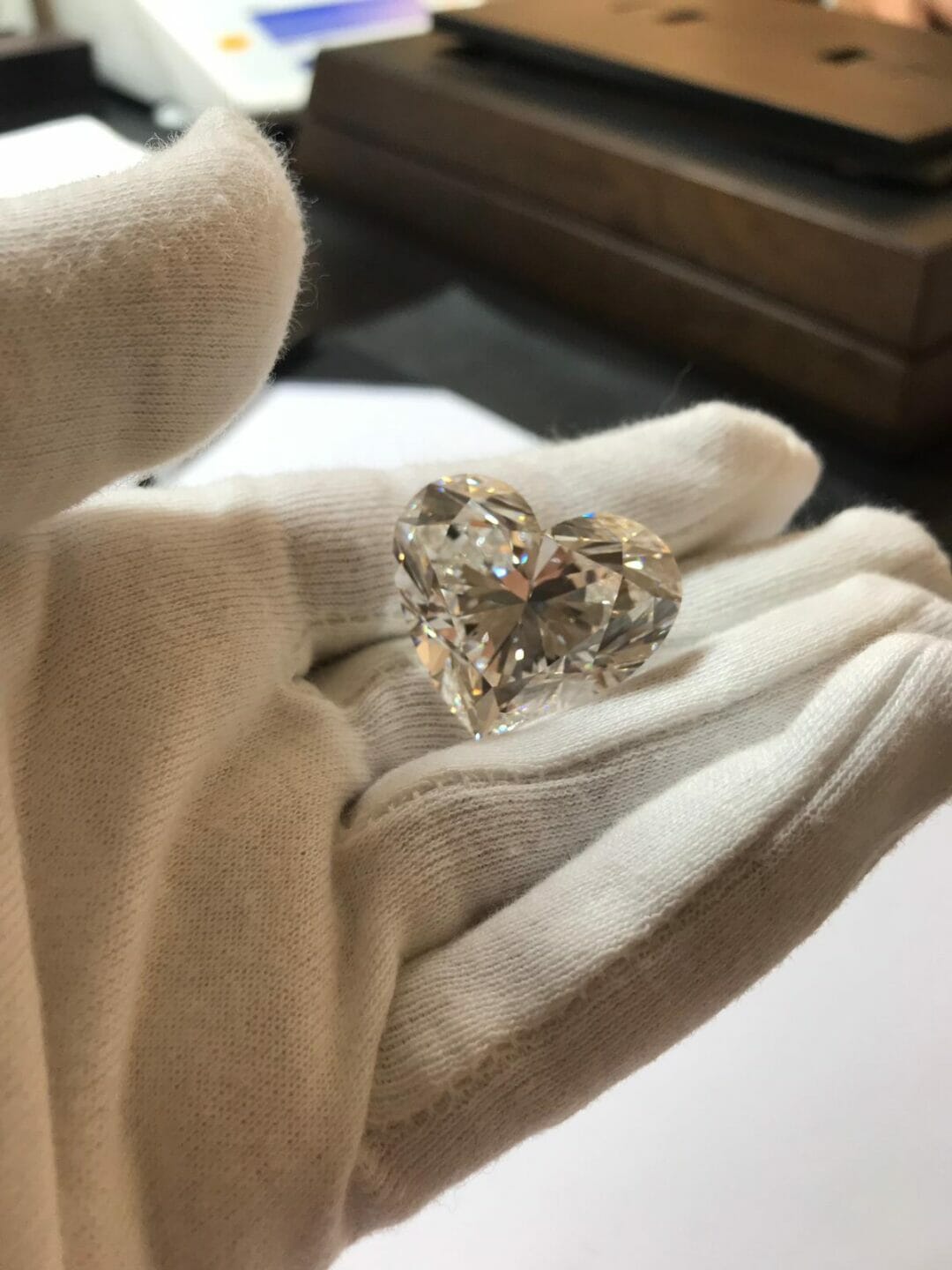Welcome back to the Diamonds Hatton Garden blog where we bring you the latest from our Hatton Garden jewellers, showcase our bespoke diamond jewellery and our loose fancy coloured diamonds as well as our gorgeous diamond engagement rings. If you haven’t seen, this week on social media we are sharing a range of our loose white diamonds from our inventory which are simply stunning if we do say so ourselves!
Diamonds have been a part of not just our business but our family and Diamonds Hatton Garden, ran and owned by Harel Kuzi, is a family business that can be traced back to two generations of jewellers. What’s more, our relatives are also in the jewellery industry and work our of Hong Kong and Israel allowing us access to a fabulous selection of loose diamonds which we hand selected for their beautiful qualities.
We have chosen three of our magical stones to showcase the type of loose diamonds we have in our workshop
30ct D F Pear Cut
Did you know that the pear diamond cut is over half a millennia old? Indeed, this popular cut is one of the oldest cuts of diamonds and can be traced back to the early 1400s. Created by Lodewyk van Berquem of Belgium, the pear cut is a classic fancy cut diamond shape and remains a popular choice even today. Indeed, Lodewyk van Berquem has been credited for creating the scaif which is still used in diamond cutting today. With the scaif, it became possible to polish all the facets of the diamond symmetrically at angles that reflected the light best. This invention revolutionized the diamond cutting industry and correspondingly, much increased the popularity of diamonds. Within a pear cut there are either 71 or 58 that allow for beautiful brilliance and a gire within the stone and, with a D F stone, we can assure you that there certainly is a lot of fire in this stone!
20ct D F Cushion Cut
The cushion cut is another fancy cut of diamond. Fancy cut referring to any shape of a diamond that isn’t a round brilliant. The history of this cut of diamond can be traced back to the 19th century and is a more modern, contemporary shape. The cushion cut was originally known as the mine cut and looked like a square diamond with rounded corners and named after the Brazilian diamond mines. The mine cut had 58 cuts whereas the cushion cut usually has 64 facets. Over time, the cushion-cut diamond evolved thanks to a better understanding of diamond cutting and the cleaving process as a whole through new technologies. Jewellers have slowly introduced new, modified versions of the cushion cut as these diamonds became more and more popular and now it is possible to have an extra row of facets or half-moon facets to adapt the cut slightly.
25 D F Heart Cut
 Diamonds have been synonymous with love for centuries and what better way to combine the two than with a heart shaped diamond! Another historic cut, the heart shaped diamond cut’s origins can be linked back to wealthy Florence in the 14th century. Across the ages, heart shaped diamonds have come to be associated with royalty and in the 15th century Mary Queen of Scots sent Queen Elizabeth a beautiful ring with a heart-shaped diamond in it. This is one of the most famous diamond hearts in history and during this period it was thought to be a symbol of friendship as well as goodwill. Fit for queens and kings, the heart shaped is an extremely complex shape to cut which is reflected in the price and is the most expensive of all diamond shapes.
Diamonds have been synonymous with love for centuries and what better way to combine the two than with a heart shaped diamond! Another historic cut, the heart shaped diamond cut’s origins can be linked back to wealthy Florence in the 14th century. Across the ages, heart shaped diamonds have come to be associated with royalty and in the 15th century Mary Queen of Scots sent Queen Elizabeth a beautiful ring with a heart-shaped diamond in it. This is one of the most famous diamond hearts in history and during this period it was thought to be a symbol of friendship as well as goodwill. Fit for queens and kings, the heart shaped is an extremely complex shape to cut which is reflected in the price and is the most expensive of all diamond shapes.
What is your favourite out of our three fabulous shapes? For more information and to request a vewiing contact our team via info@diamondshg.co.uk, on +44 (0) 7951 060238 or via https://diamondshattongarden.co.uk/contact-us/.

